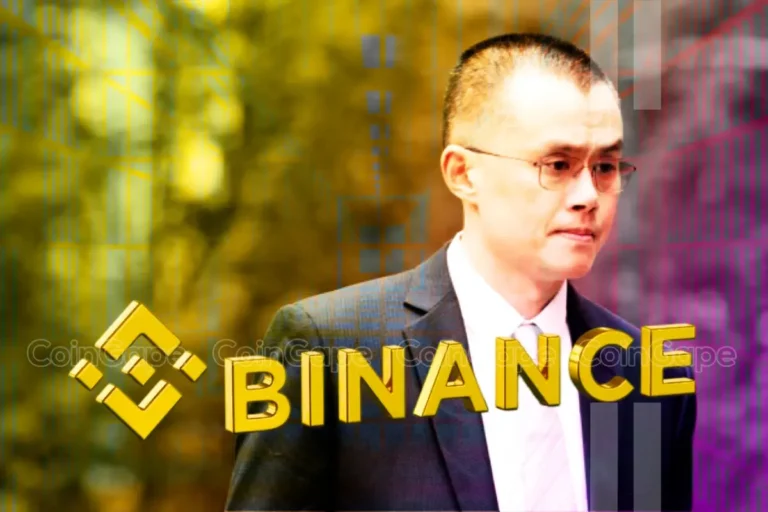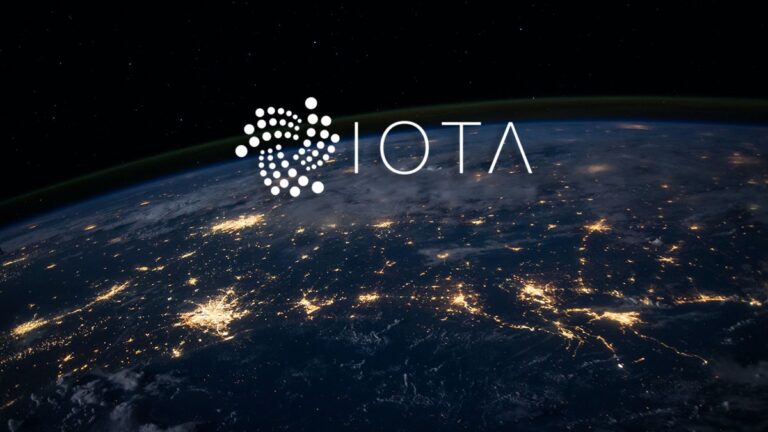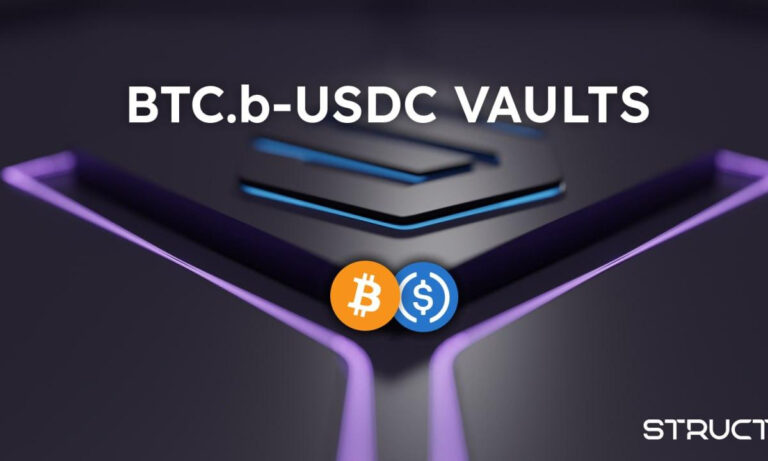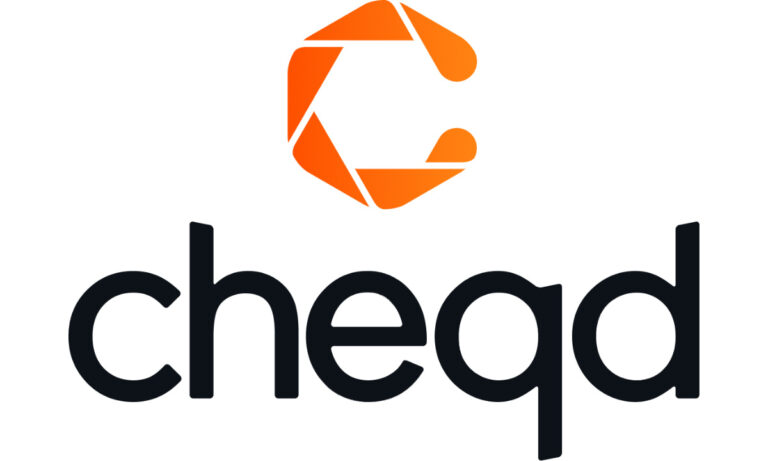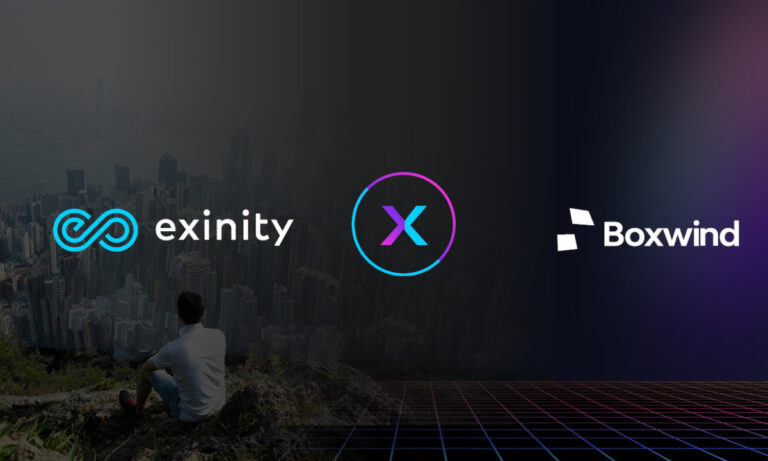Stellar (XLM): Transforming Cross-Border Transactions with Efficiency and Inclusivity

- Stellar (XLM) is a cryptocurrency designed to facilitate efficient cross-border transactions and increase financial accessibility worldwide.
- Stellar was founded in 2014 by Jed McCaleb and Joyce Kim, with a focus on financial inclusivity and an innovative consensus mechanism.
In the dynamic realm of cryptocurrencies, Stellar (XLM) stands out as a unique player, purpose-built to simplify and make cost-effective cross-border transactions while also democratizing financial access worldwide. Founded in 2014 by visionaries Jed McCaleb and Joyce Kim, Stellar has gained recognition for its unwavering commitment to financial inclusivity and its groundbreaking consensus mechanism. This article delves into the core features, applications, and the potential impact Stellar could have on both the cryptocurrency and financial landscapes.
Stellar’s Architectural Brilliance
The essence of Stellar lies in its meticulously designed features aimed at addressing the shortcomings of traditional cross-border payment systems:
1. Stellar Consensus Protocol (SCP): At its heart, Stellar employs its proprietary consensus mechanism, the Stellar Consensus Protocol (SCP). This protocol powers rapid transaction verifications, typically taking only 3-5 seconds, and offers robust throughput. Unlike energy-intensive Proof-of-Work systems like Bitcoin, SCP does not involve mining, making it more energy-efficient.
2. Minimal Transaction Expenses: Stellar aspires to reduce transaction costs significantly, making it an attractive option for cross-border payments. The network’s transaction fees are minimal, allowing for microtransactions and cost-effective international transfers.
3. Intrinsic Decentralized Exchange: Stellar boasts a built-in decentralized exchange (DEX) that facilitates seamless trading of various assets, including cryptocurrencies and fiat currencies. This enhances liquidity and simplifies currency conversion.
4. Anchors and Issued Assets: To bridge the gap between the Stellar network and traditional financial systems, “anchors” create tokens on the Stellar blockchain that represent tangible assets like fiat currencies, commodities, and securities. These tokens can be easily transferred within the network, enhancing the overall transaction experience.
5. Financial Inclusion at the Forefront: Stellar’s mission is to provide affordable financial services to unbanked and underbanked populations globally. Its technology aims to connect financial institutions, payment frameworks, and individuals, creating a more inclusive global financial network.
Stellar’s versatility is evident in its various use cases, such as cross-border payments, tokenizing real-world assets, and facilitating remittances. Moreover, Stellar has forged strategic alliances with financial institutions, payment processors, and mobile money operators, solidifying its potential to reshape the global financial landscape.
However, Stellar faces challenges, including competition from counterparts like Ripple’s XRP, the emergence of Central Bank Digital Currencies (CBDCs), regulatory complexities, and the need for widespread adoption. Navigating these hurdles will be essential as Stellar continues to make its mark on the global financial stage.


